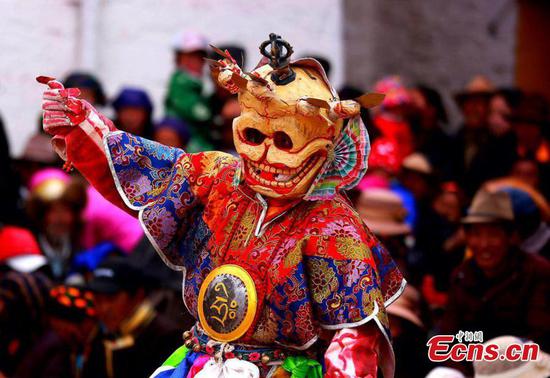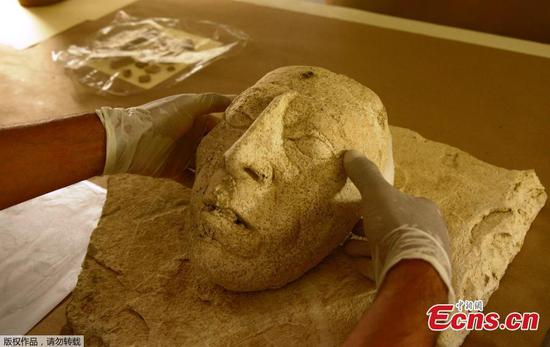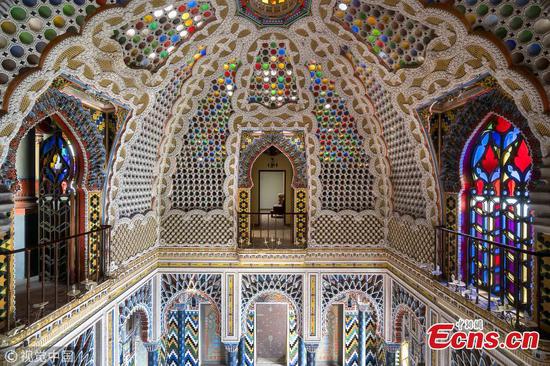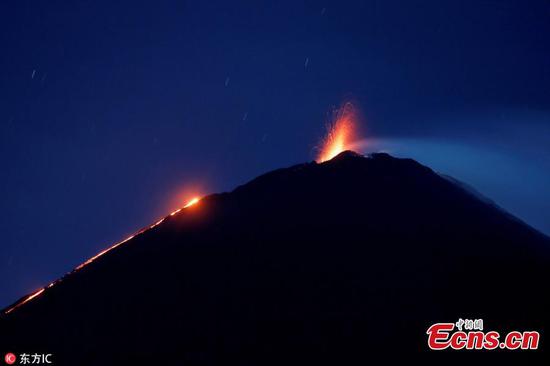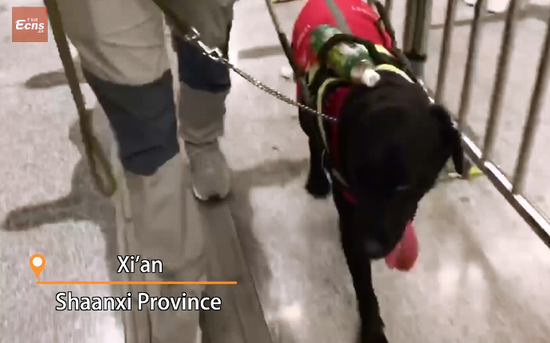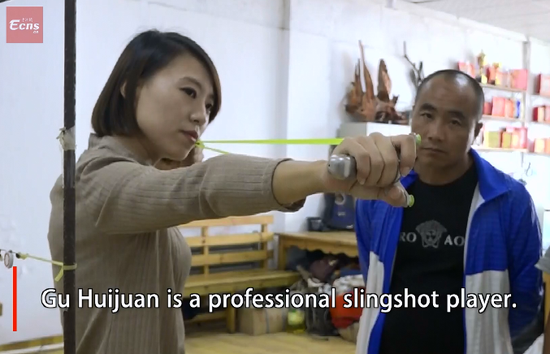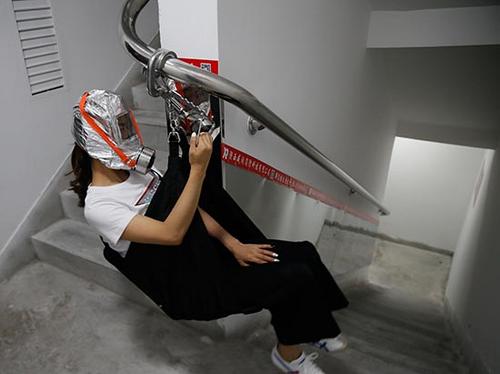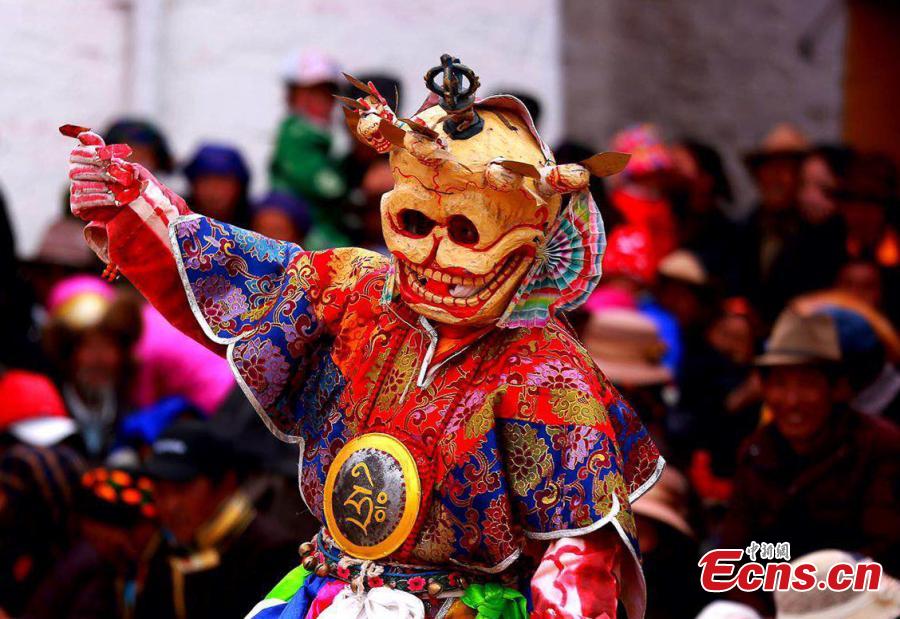
The annual cham dance at a monastery in Qonggyai County, Southwest China's Tibet Autonomous Region. The dance, called "cham" in the Tibetan language, is believed to ward off disaster and ghost and bring luck and happiness. The dancers, usually lamas, wear masks of various animals and mythical figures as they perform to the accompaniment of religious music. (Photo: China News Service/Qu Jie)
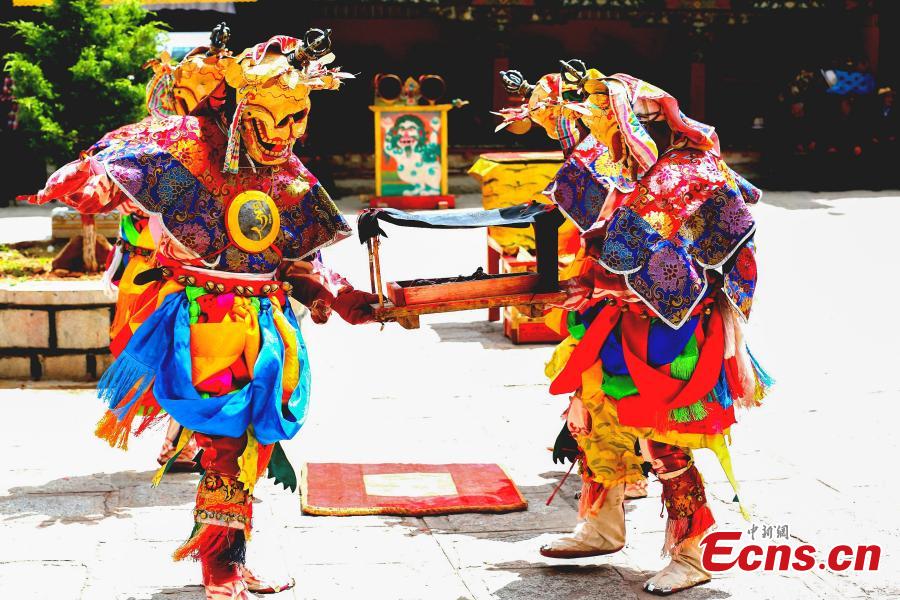
The annual cham dance at a monastery in Qonggyai County, Southwest China's Tibet Autonomous Region. The dance, called "cham" in the Tibetan language, is believed to ward off disaster and ghost and bring luck and happiness. The dancers, usually lamas, wear masks of various animals and mythical figures as they perform to the accompaniment of religious music. (Photo: China News Service/Qu Jie)
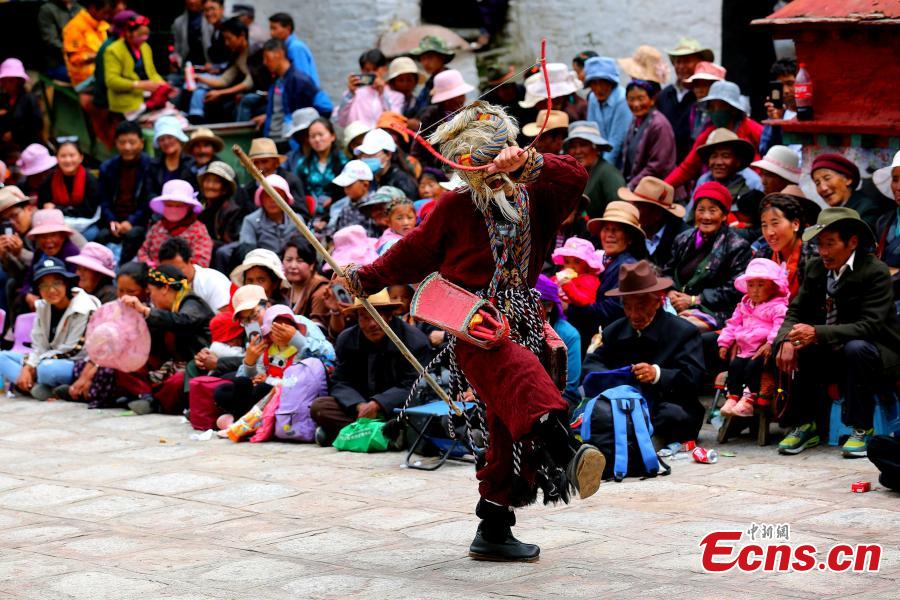
The annual cham dance at a monastery in Qonggyai County, Southwest China's Tibet Autonomous Region. The dance, called "cham" in the Tibetan language, is believed to ward off disaster and ghost and bring luck and happiness. The dancers, usually lamas, wear masks of various animals and mythical figures as they perform to the accompaniment of religious music. (Photo: China News Service/Qu Jie)
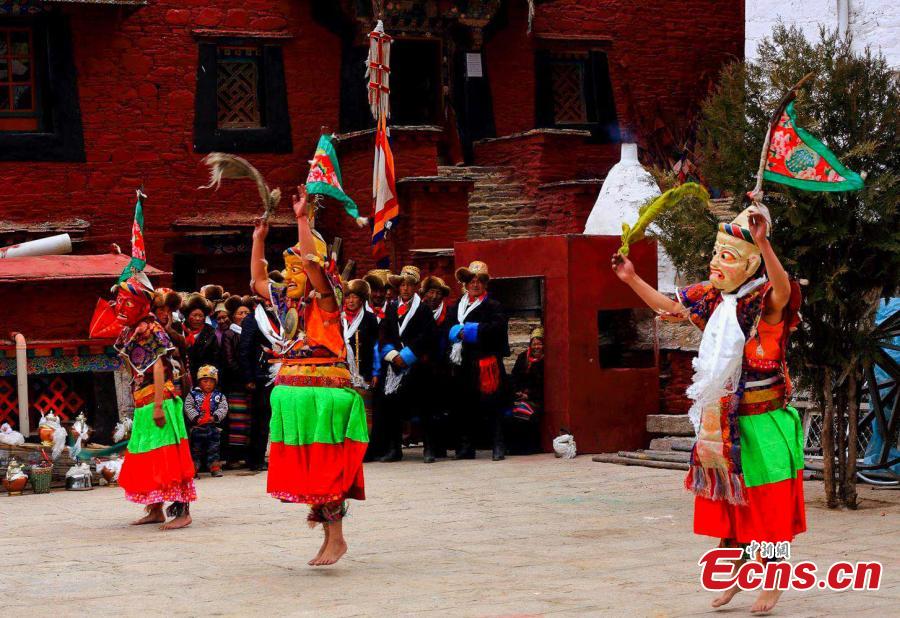
The annual cham dance at a monastery in Qonggyai County, Southwest China's Tibet Autonomous Region. The dance, called "cham" in the Tibetan language, is believed to ward off disaster and ghost and bring luck and happiness. The dancers, usually lamas, wear masks of various animals and mythical figures as they perform to the accompaniment of religious music. (Photo: China News Service/Qu Jie)
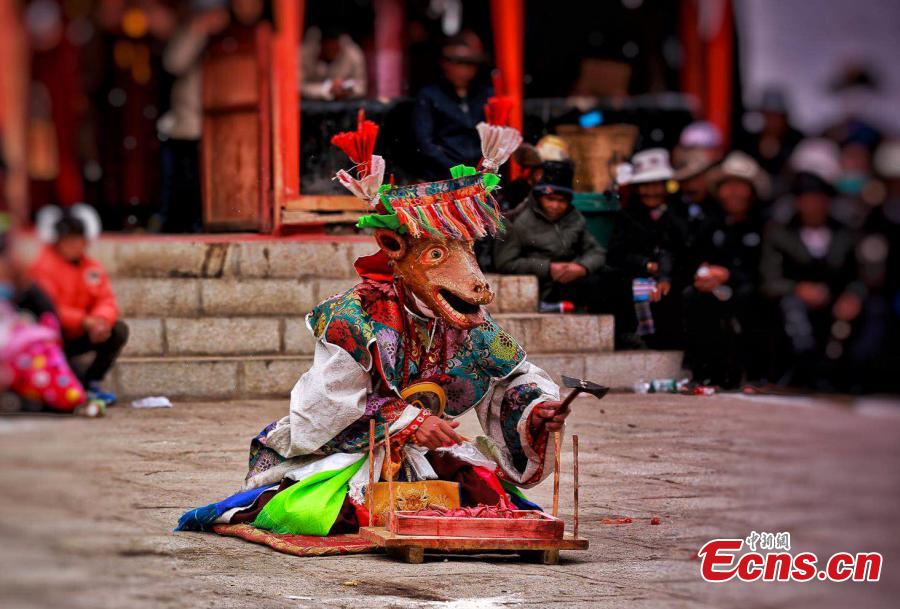
The annual cham dance at a monastery in Qonggyai County, Southwest China's Tibet Autonomous Region. The dance, called "cham" in the Tibetan language, is believed to ward off disaster and ghost and bring luck and happiness. The dancers, usually lamas, wear masks of various animals and mythical figures as they perform to the accompaniment of religious music. (Photo: China News Service/Qu Jie)

The annual cham dance at a monastery in Qonggyai County, Southwest China's Tibet Autonomous Region. The dance, called "cham" in the Tibetan language, is believed to ward off disaster and ghost and bring luck and happiness. The dancers, usually lamas, wear masks of various animals and mythical figures as they perform to the accompaniment of religious music. (Photo: China News Service/Qu Jie)
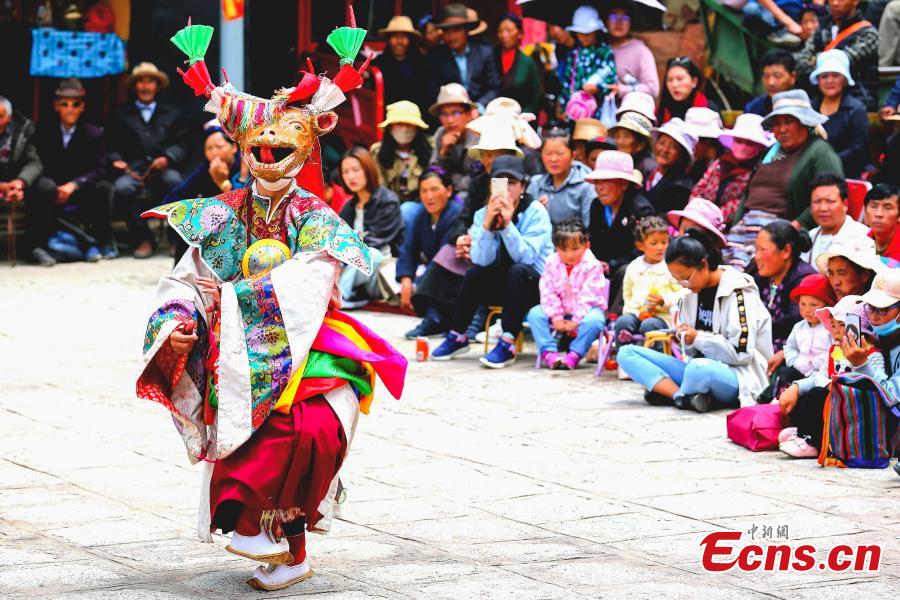
The annual cham dance at a monastery in Qonggyai County, Southwest China's Tibet Autonomous Region. The dance, called "cham" in the Tibetan language, is believed to ward off disaster and ghost and bring luck and happiness. The dancers, usually lamas, wear masks of various animals and mythical figures as they perform to the accompaniment of religious music. (Photo: China News Service/Qu Jie)
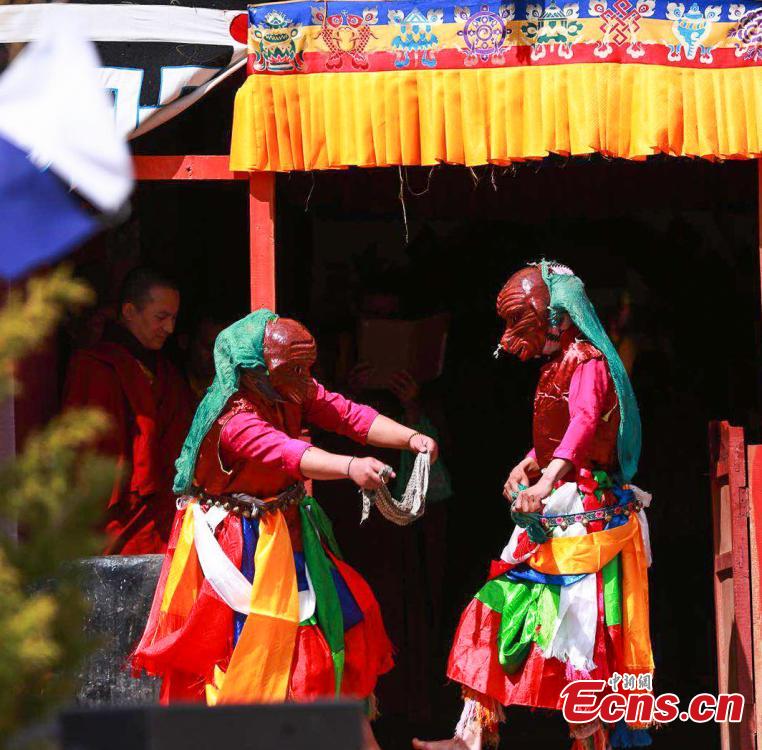
The annual cham dance at a monastery in Qonggyai County, Southwest China's Tibet Autonomous Region. The dance, called "cham" in the Tibetan language, is believed to ward off disaster and ghost and bring luck and happiness. The dancers, usually lamas, wear masks of various animals and mythical figures as they perform to the accompaniment of religious music. (Photo: China News Service/Qu Jie)
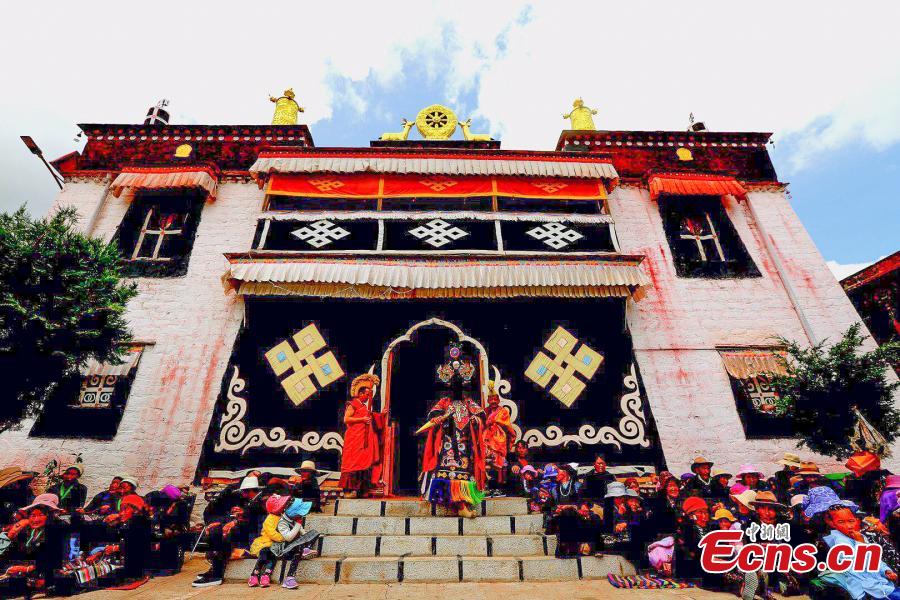
The annual cham dance at a monastery in Qonggyai County, Southwest China's Tibet Autonomous Region. The dance, called "cham" in the Tibetan language, is believed to ward off disaster and ghost and bring luck and happiness. The dancers, usually lamas, wear masks of various animals and mythical figures as they perform to the accompaniment of religious music. (Photo: China News Service/Qu Jie)
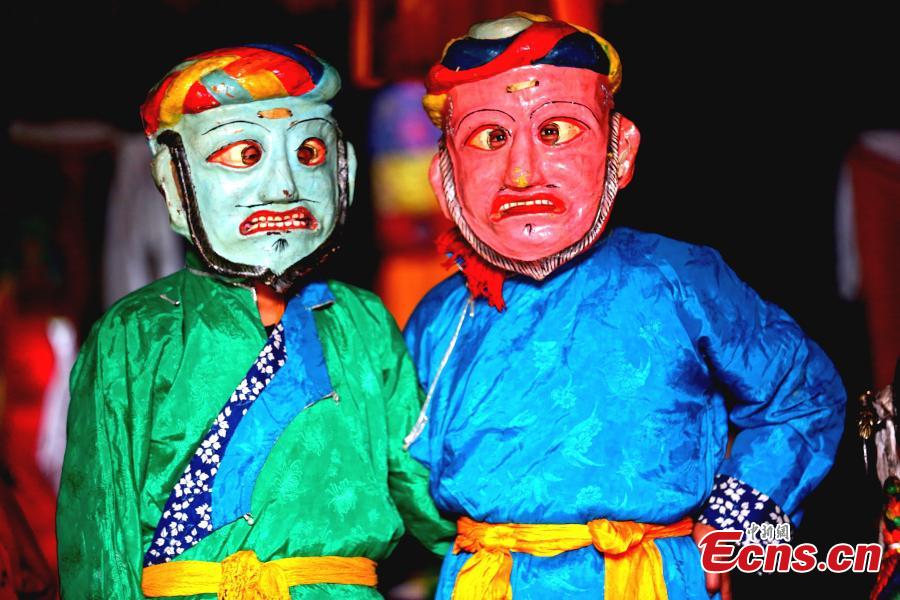
The annual cham dance at a monastery in Qonggyai County, Southwest China's Tibet Autonomous Region. The dance, called "cham" in the Tibetan language, is believed to ward off disaster and ghost and bring luck and happiness. The dancers, usually lamas, wear masks of various animals and mythical figures as they perform to the accompaniment of religious music. (Photo: China News Service/Qu Jie)










